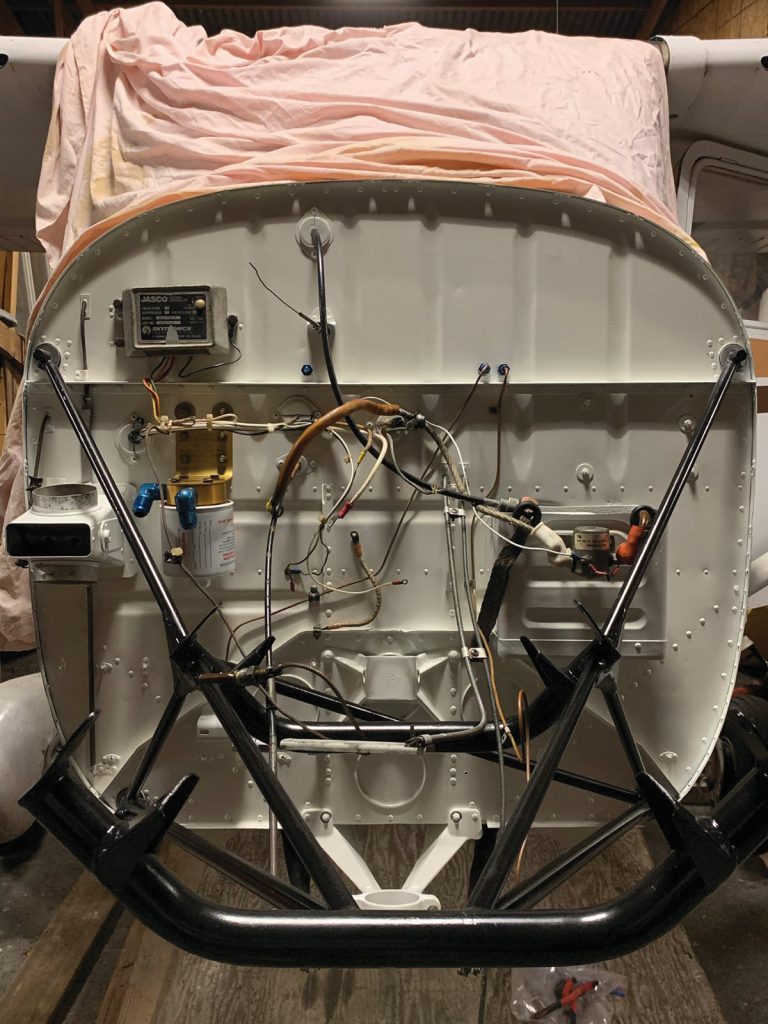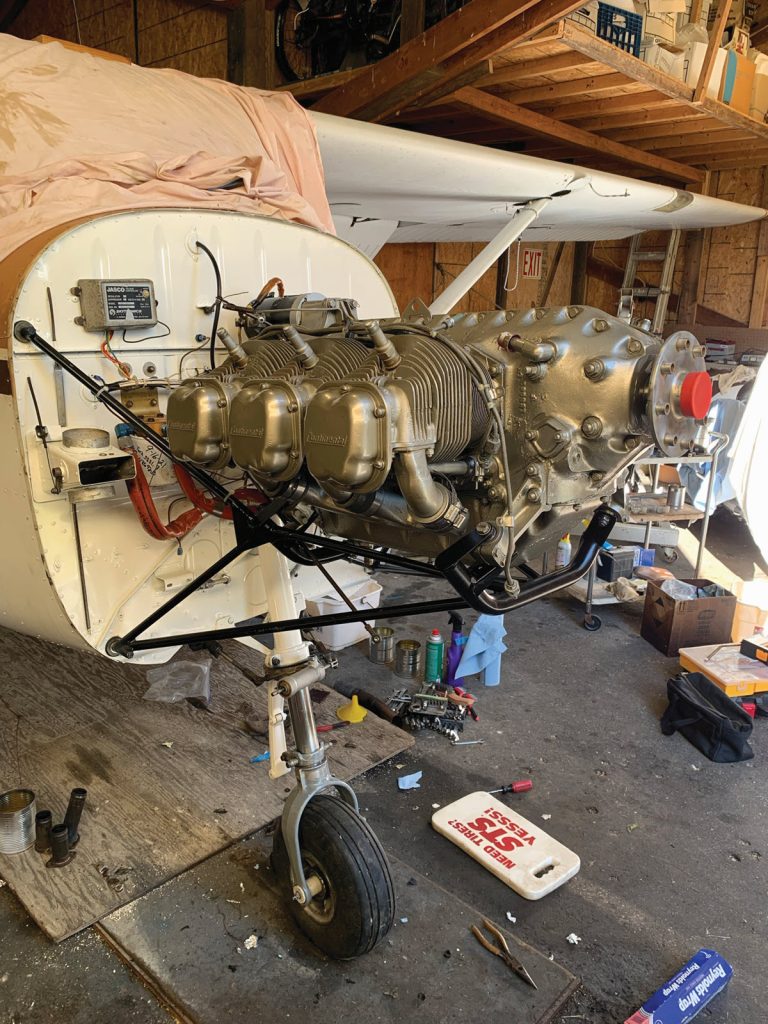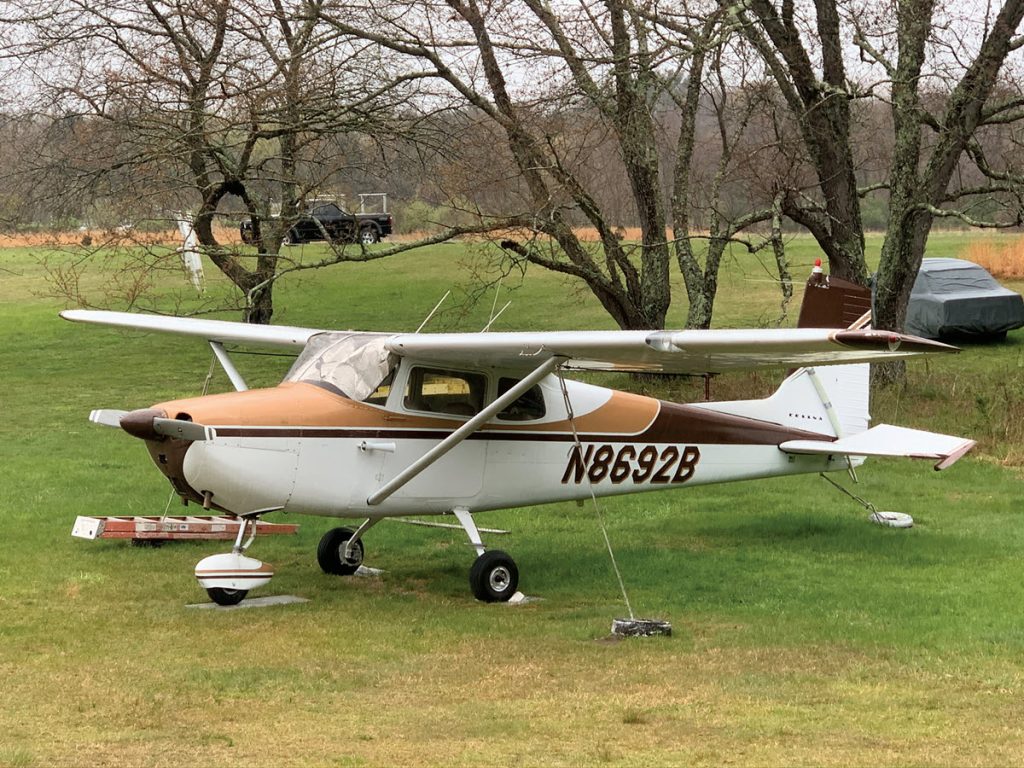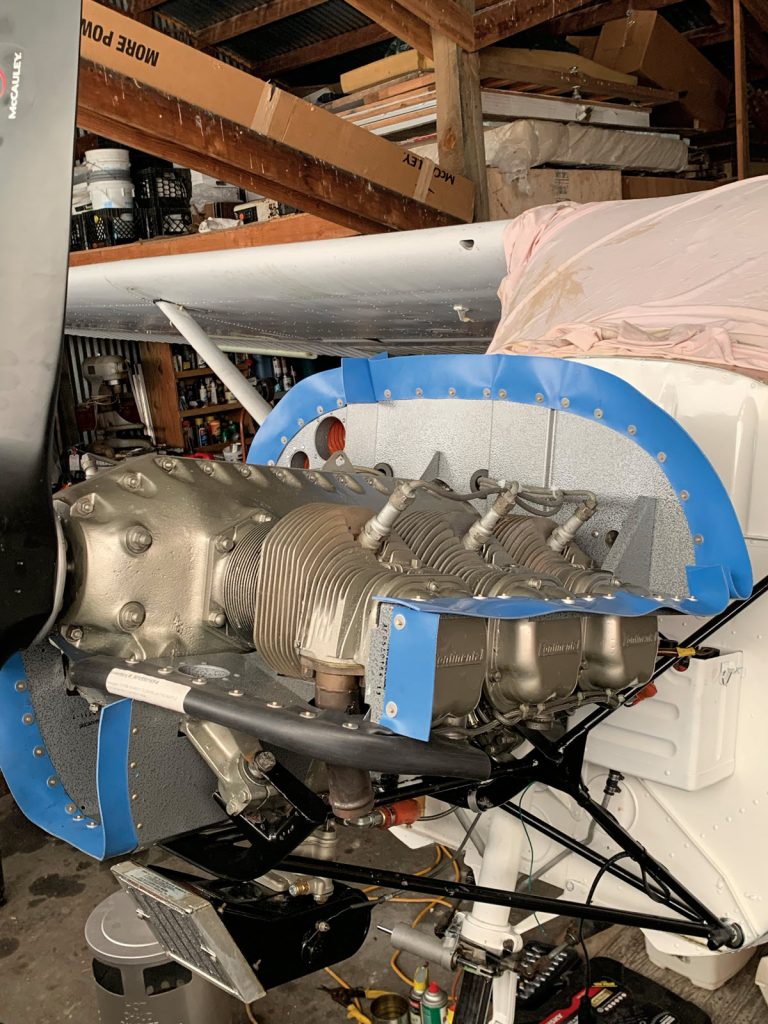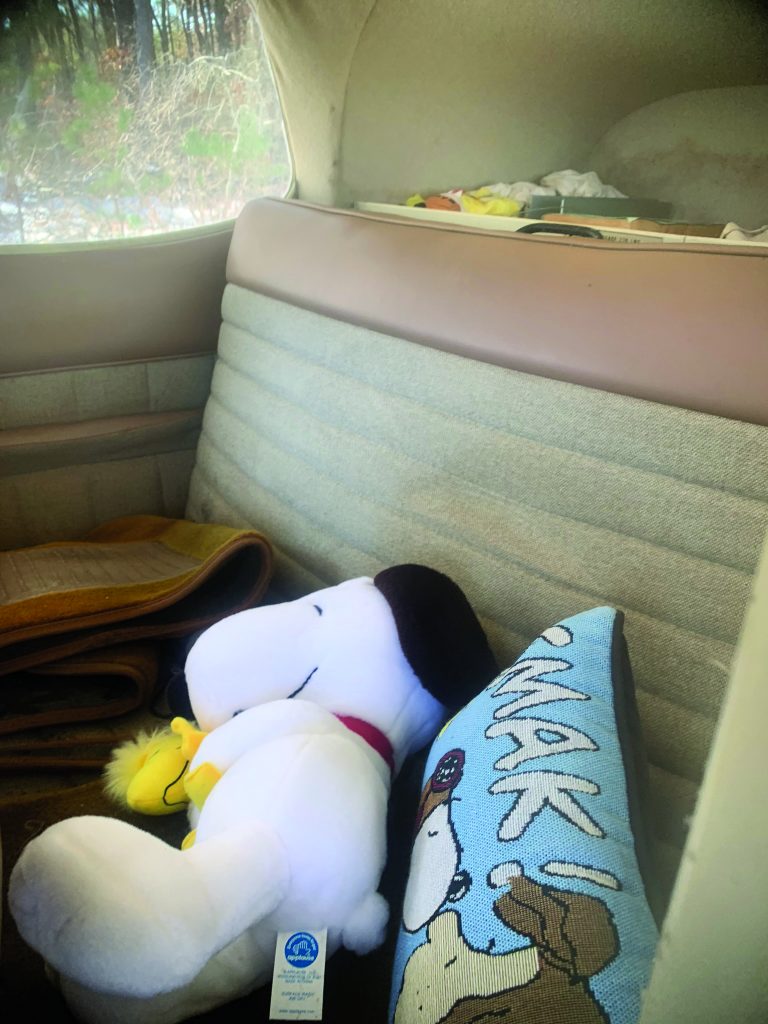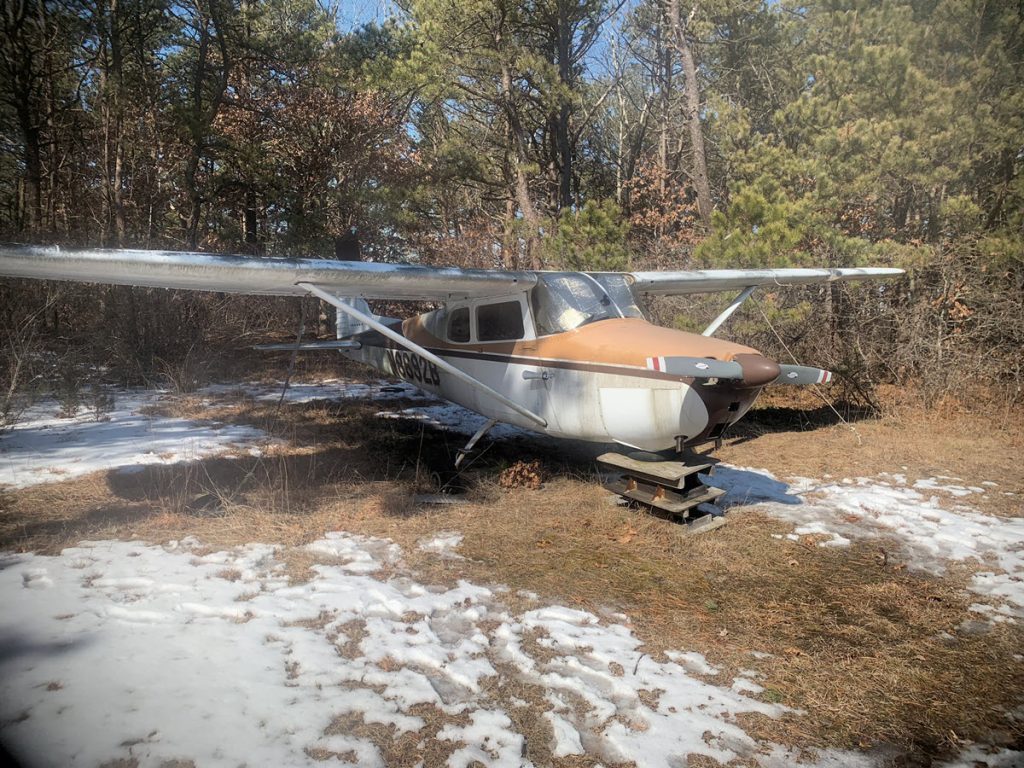
We’ve all dreamed it. Phillip Lechmanski and pilot friend Jaime Cogan lived it. They found a vintage Cessna rotting away on an island and brought it home for just slightly more than a song.
To be specific, it took $4,000, and of course they’ve spent a good bit of money already on this 1957 Cessna 172, including a new engine. But how would you like to find a $4,000 172 today?
“I was a student pilot at the time,” Lechmanski said. “It was at Gabreski Airport, which is KFOK on Long Island. My friend Jaime Cogan, who is also the co-owner of the aircraft, is a captain at North Ferry, one of the two ferry companies that shuttle vehicles to and from the small island on which we live.”
A few years now, the original owner of this plane was a passenger on Jaime’s boat. One conversation led to another, and eventually, the former owner “told us where the plane was, and we wasted no time going to look at it. He said, ‘If you give me $4,000, it’s yours,’ and we jumped at that chance, of course.”
The plane was fixable enough to be flyable at first, which allowed Phillip and Jaime to get the plane from Long Island to Shelter Island, New York. The former plane owner’s mechanic told Lechmanski why the plane was abandoned. “I spoke with the IA who used to work on the aircraft, and the reason it was more or less abandoned is because the front strut, the piston, had rust pitting and it was unable to be repaired,” he said. “They couldn’t re-chrome it and they couldn’t locate a replacement, so they gave up on it and left it in the weeds.”
Lechmanski found that part himself. “I found a yellow tag nose strut on eBay, and it wasn’t tremendously expensive,” he said. “It was kind of serendipitous.”
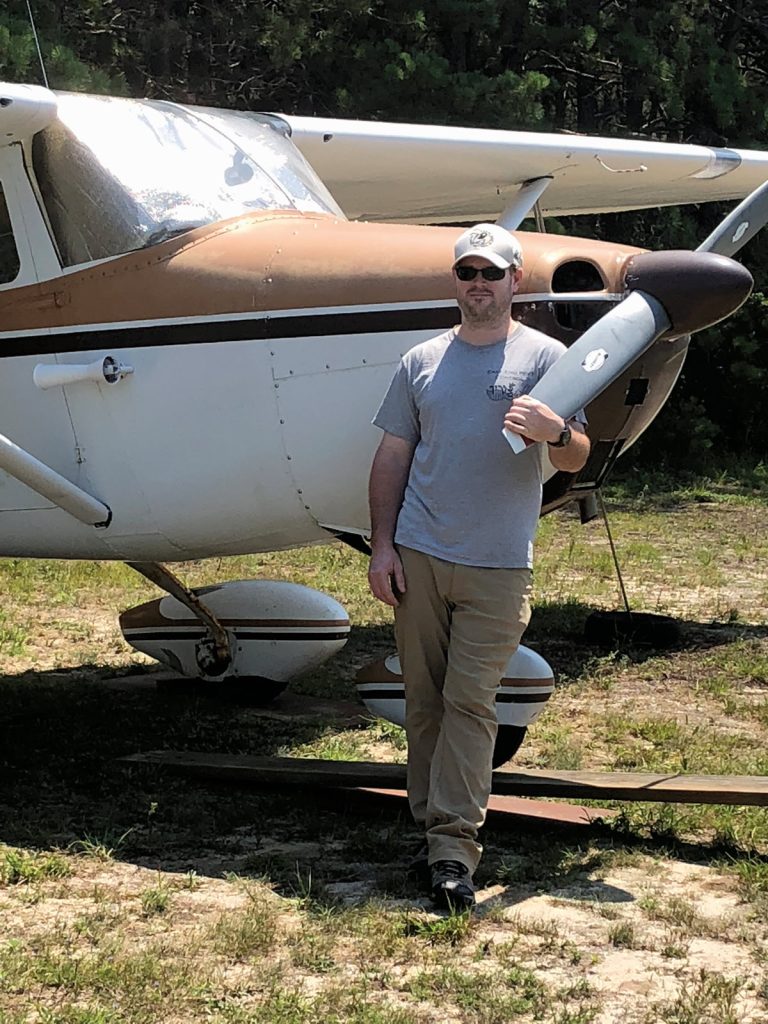
Lechmanski and Cogan, who also owns a 1956 straight tail, added some steering rods from McFarlane while it was still on Long Island, and they “went through the fuel system and threw a battery in it, and we borescoped the engine. It didn’t have any corrosion that was noticeable. The engine started almost immediately on the first try.”
The engine was a Mattituck Teledyne engine, meaning it was made in the Mattituck, New York, factory (Teledyne used to make engines there until that factory was shut down in 2012). “This aircraft used to be based out of Mattituck, and it only had 169 hours on all six new Millennium cylinders,” Lechmanski said. “So the engine was in good-enough condition.”
Once the plane got to its current home of NY03 (a 1,600-foot grass strip on Shelter Island), the duo determined the engine needed to be overhauled. Lechmanski and Cogan have now replaced it with a rebuilt, low-time engine from BAS Part Sales in Greeley, Colorado (baspartsales.com).
“We’re just in the final stages of an engine change, along with several upgrades including, but not limited to, a new McFarlane fuel selector, Steve’s Aircraft gascolator, Airwolf remote filter mount, Airforms powder-coated baffles, overhauled carburetor, and a factory-new propeller, among other things,” he said. “Save those little baffle springs! McFarlane does not make them, and they are not easy to track down. Jaime was able to locate some springs from Jerry and Candice at Jerry Meyers Aviation. They were a pleasure to chat with, and actually ended up sending us what we needed at no charge! They specialize in Continental engine parts, and I cannot say enough good things about them — wonderful folks!”
Lechmanski likes these older 172 models. Here is his advice if you’re thinking about one.
- “Take care of that strut! It’s extremely difficult to find replacements for 1957 aircraft.
- These older 172 Planes fly great. They are lighter than later models and have a slightly lower landing speed.
- The first-generation 172s have good visibility out the windscreen.”
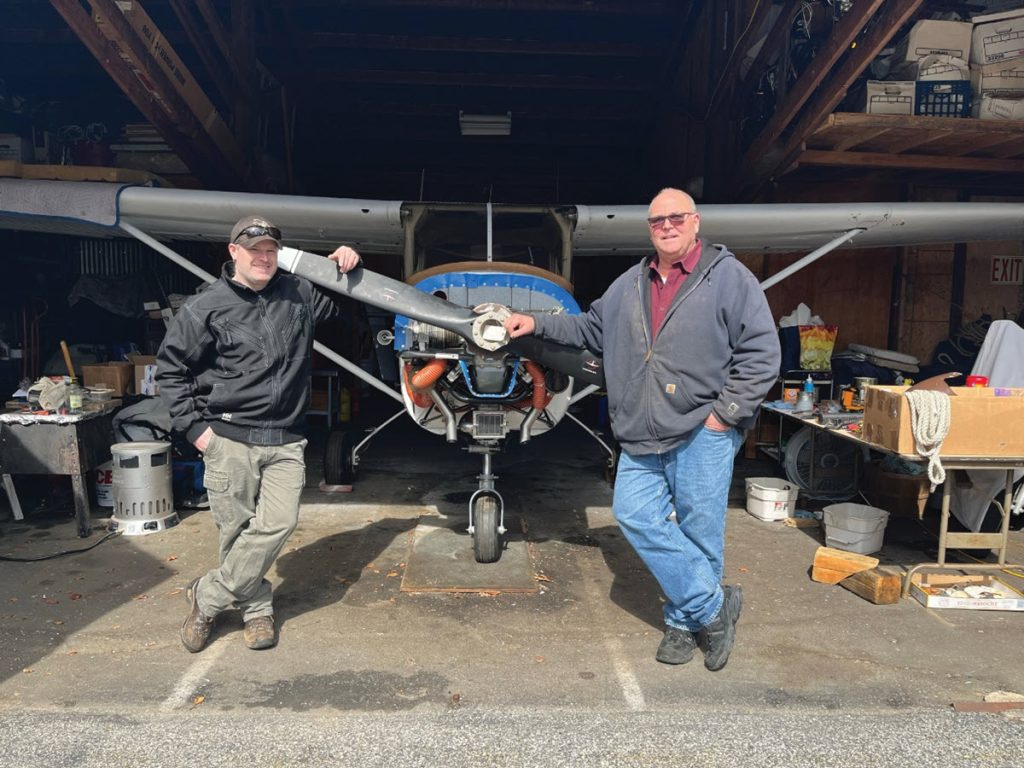
Click on a photo for a pop-up slideshow.
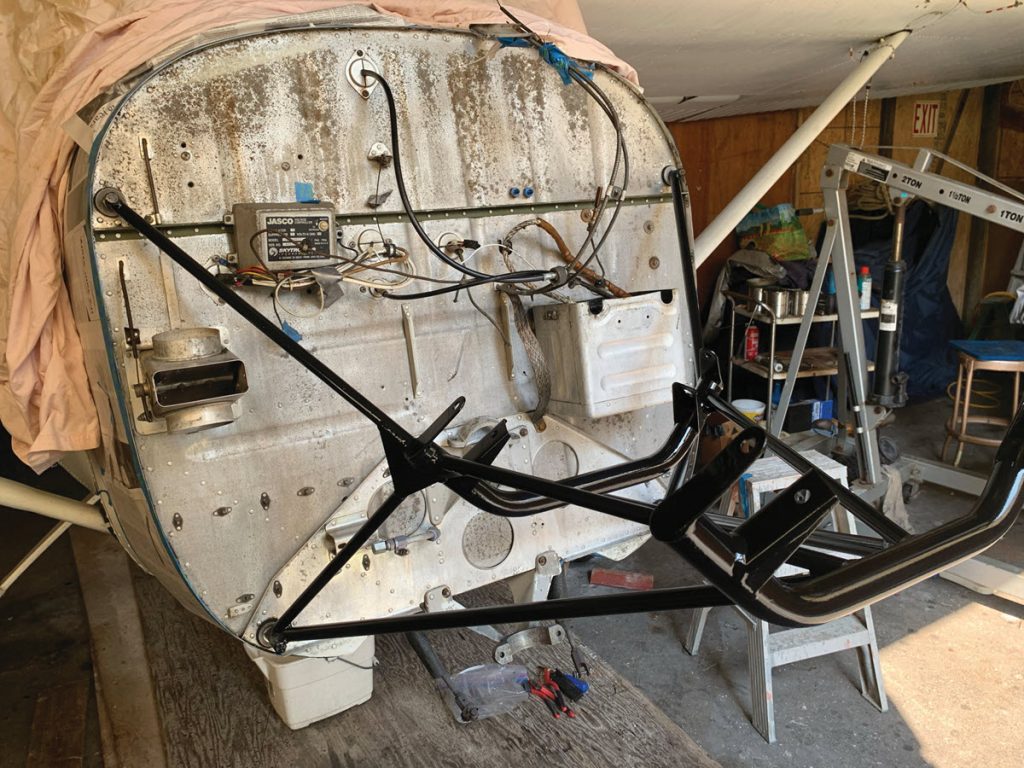

The rest of the photos are at Shelter Island, and there is a new engine put in after it gets home to Shelter Island. “I found a lower-time used engine, with good log books, from a salvage yard,” Lechmanski said.
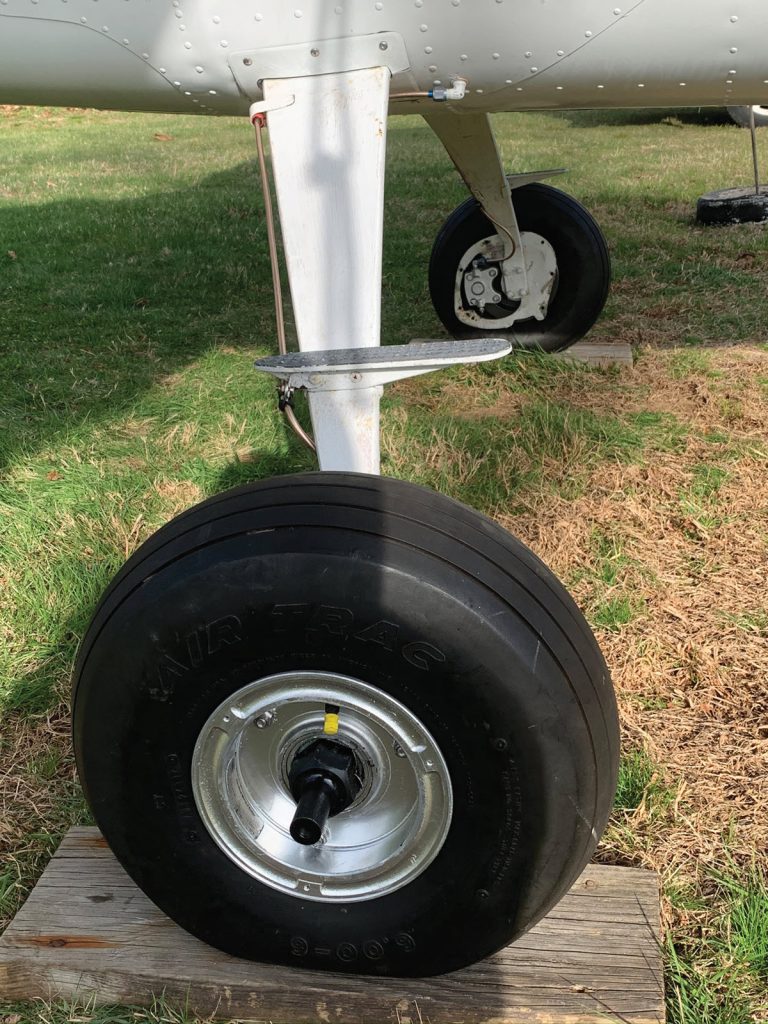
where necessary. The wheels were overhauled, the bearings were all redone, new brake discs and liners, the calipers were overhauled, the brake lines are all-new. The tubes and tires were donated by a friend who has a champ at the field. He used to own an old 172, and he had brand-new tubes and tires in his hanger.”
